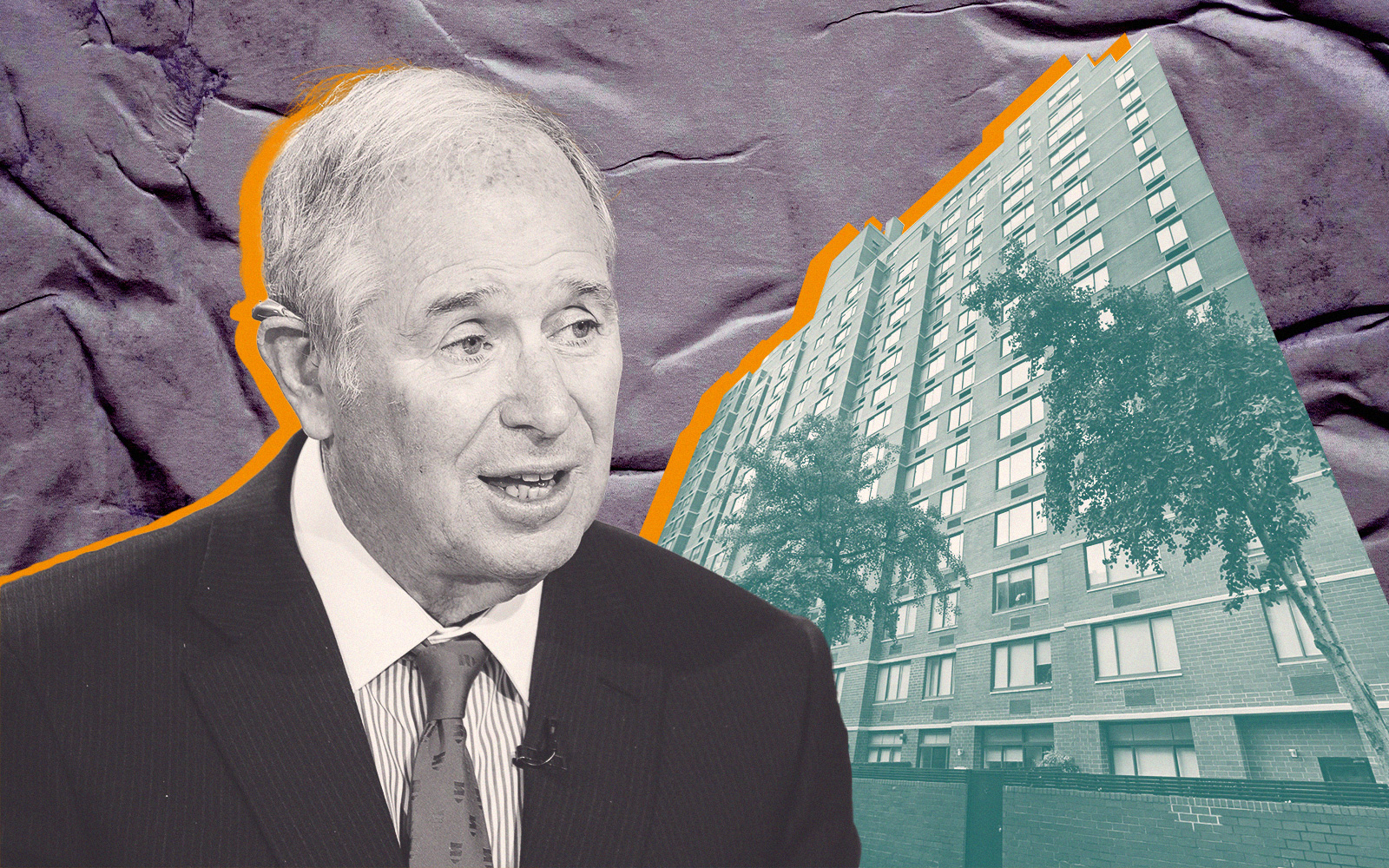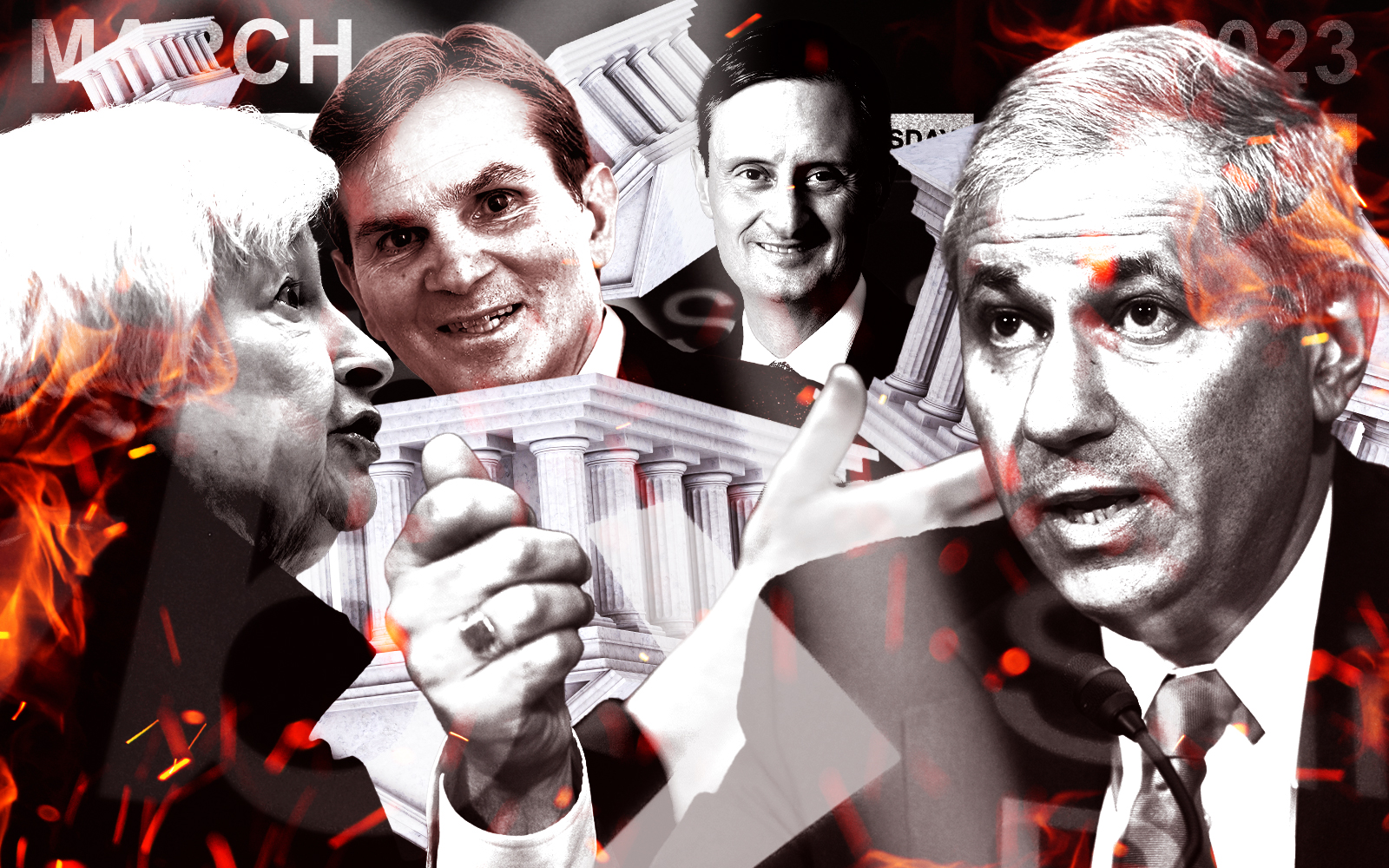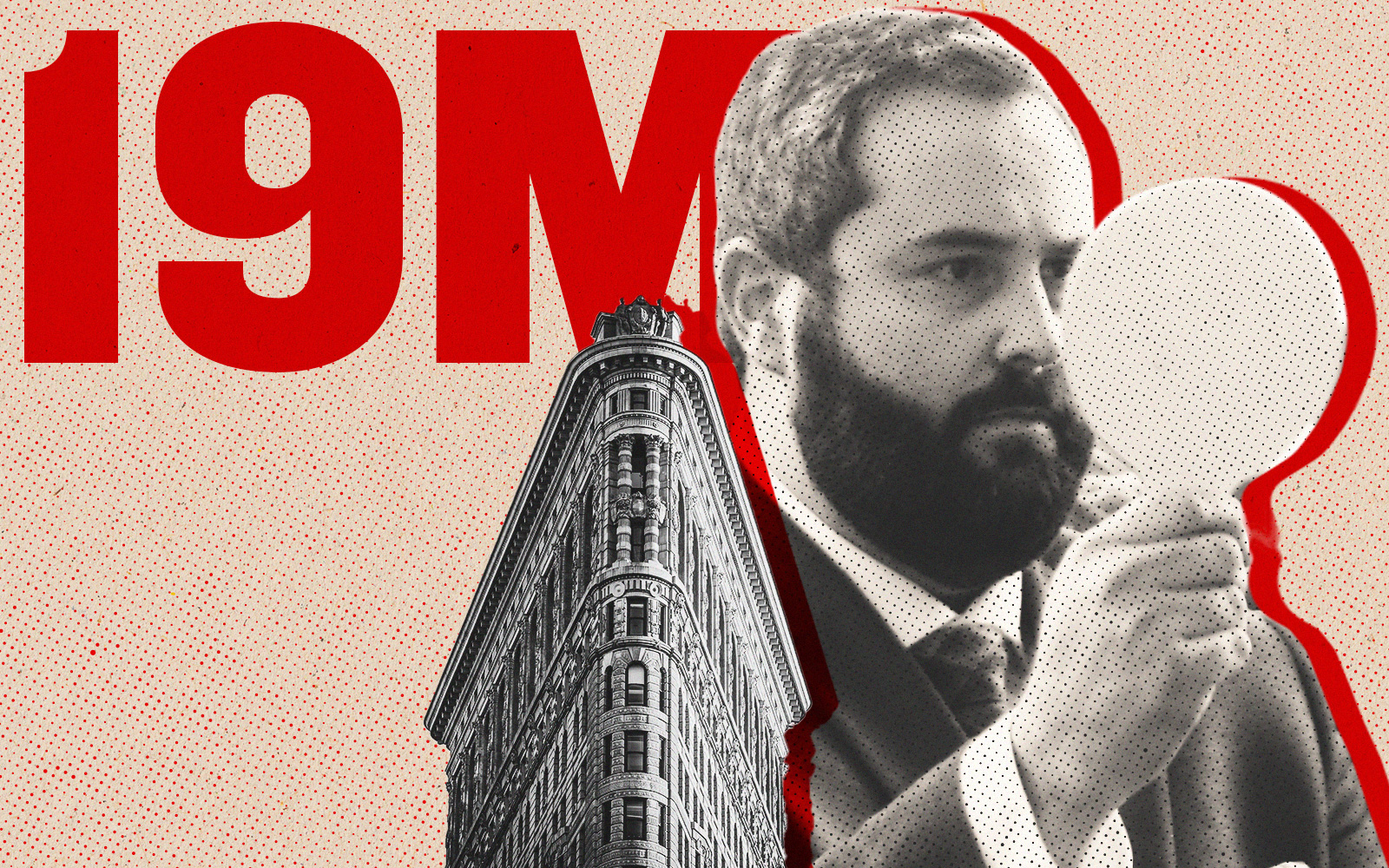Subprime mortgages were the culprit in the 2008 financial crisis, as banks handed out loans to individuals with poor credit histories, leading to a wave of foreclosures that shook the residential market and larger economy.
First Republic Bank has spent the last 15 years going in the opposite direction, building a portfolio of mortgage loans to top-rated credit risks. Its customers are so solid — borrower credit scores average 780 — that Fitch Ratings recently called its assets “pristine.”
It’s a great irony of the recent spate of banking contagion that Fitch assigned that superlative to First Republic’s real estate loans as it was downgrading the bank — a development that came in the wake of Silicon Valley Bank’s meltdown two weeks ago.
Those pristine mortgage loans are causing the San Francisco-based bank trouble for reasons other than their quality. Loan officers might have gotten the customer base right, but First Republic ran aground on the terms, given that 97 percent of its mortgages were issued while interest rates were on an extended run of historic lows.
Now, as rates have skyrocketed, the bank appears to have been caught out. It needs to maintain a deposit base sufficient to back its lending, but might have to start paying out more interest on its deposits than it’s reeling in from its mortgages.
First Republic has been through the ringer over the last two weeks, starting after the collapse of both Silicon Valley Bank in Santa Clara and New York-based Signature Bank, sparking a larger contagion, with fears of runs on deposits.
First Republic, which did not respond to a request for comment, has avoided collapse, in large part because of $30 billion in uninsured deposits from a consortium of 11 fellow institutions led by JPMorgan Chase.
It remains unclear whether that lifeline will be enough to stave off default. Experts and ratings agencies, in any case, see a rough row ahead for First Republic, with few obvious options as the margin between interest income and interest expenses shrinks.
First Republic and other banks “are going to be far less profitable over the next year,” said Eric Sussman, an adjunct professor of accounting at the UCLA Anderson School of Management.
On Wednesday, Fitch Ratings said the bank was “operating at a net loss that is not sustainable over the longer term absent a balance sheet restructuring,” adding it was downgrading the bank’s credit rating for the second time in a week.
The net loss is “due to the higher cost of funds,” Fitch said, referring to expenses related to paying out interest on time deposits, savings accounts and other accounts.
Containing contagion
First Republic has become subject to the contagion that has spread across regional banks that share “commonalities” on their financial statements, Thomas said, adding the bank was “a victim of the domino effect in the banking crisis.”
A large share of deposits at First Republic are uninsured, as were SVB’s and Signature Bank’s, leading investors and customers to panic, he said.
Insiders say there are many differences to note: First Republic was not in the crypto business, like Signature Bank was, and was not a major lender to startups like SVB.
But the contagion has left some, including Fitch Ratings and other analysts, to scrutinize First Republic’s financials.
By the end of 2022, First Republic’s profits were tightening as a result of a huge uptick in interest expenses, caused by the Federal Reserve Bank’s raising rates eight times.
Read more



First Republic reported $888 million in total interest expenses at the end of 2022 — a 227 percent increase compared to the end of 2021.
Expenses on its transaction accounts — such as interest-bearing demand deposits and automatic transfer accounts — at the end of last year were nearly 50 times what the bank reported in 2021.
The firm also felt the effect of a slowing commercial market. It reported $190 million in interest income from commercial and industrial loans at the end of the year — a 58 percent drop compared to 2021.
Despite the huge uptick in interest expenses, First Republic was able to avoid any interest losses with new loan issuances with higher interest rates, mostly to businesses. At the end of last year, interest income from these sorts of loans was up 335 percent year-over-year, which helped bring net interest income to a positive of almost $5 billion.
The question is, analysts say, whether the firm can keep that momentum.
“Asset-liability mismatch”
First Republic is mostly in the business of lending to homeowners, and for the most part, to individuals with very high credit scores. Almost 60 percent of its loans were single-family mortgages, according to the firm’s 2022 annual report.
A key reason that the otherwise “pristine” portfolio has become a sort of albatross for First Republic: about 97 percent of all mortgages — a total of $96 billion — on its books were issued after 2008, its annual report shows, when mortgage rates dipped below 5 percent for the first time ever.
Mortgage rates have averaged 4.22 percent over the last 15 years, according to data from Freddie Mac, and First Republic’s issuances are likely to be lower, given its borrower pool.
First Republic also disclosed that its loan originations soared in 2021 and early 2022, when interest rates hit all-time lows of sub-3 percent, mostly due to “increases in single-family, multifamily and commercial real estate lending,” meaning its average mortgage rates could be significantly lower.
“Those fixed-rate loans, that’s the problem,” Sussman said. “It’s the elimination of any delta between the interest they’re reeling in and the interest they’re paying out to depositors.”
First Republic is already paying out more to customers that hold certificates of deposit.
On March 22, First Republic advertised a 4.95 percent interest rate for customers that opened a new CD with $10,000 or more.
“We call that an asset-liability mismatch,” said Ken Thomas, a banking consultant based in Miami and former professor at The University of Pennsylvania’s Wharton School of Business. “That’s part of the problem for them.”
Interest expenses have soared at a faster pace than First Republic can issue new mortgages, especially in light of a waning housing market in which high interest rates have quelled appetite for new mortgages.
The bank’s total interest expenses at the end of 2022 soared by 227 percent year-over-year, but income from single-family mortgages rose 30 percent.
After the Fed raised rates by a quarter of a percentage point on Wednesday, First Republic’s interest expenses are only going to keep rising. As a result, First Republic needs to issue more loans — and subsequently raise its interest revenue stream — to stay afloat. But commercial borrowers and homeowners are both sitting on the sidelines.
Some of First Republic’s customers say the bank is very much still in business, despite its financial issues.
“I was nervous that the bank could be shut down or taken over, but the team processed the loan seamlessly,” Jeff Matlock, who helped arrange a 10-year commercial loan with a rate below 5 percent on behalf of a commercial investor, said in an email. “Maybe even better than normal.”
